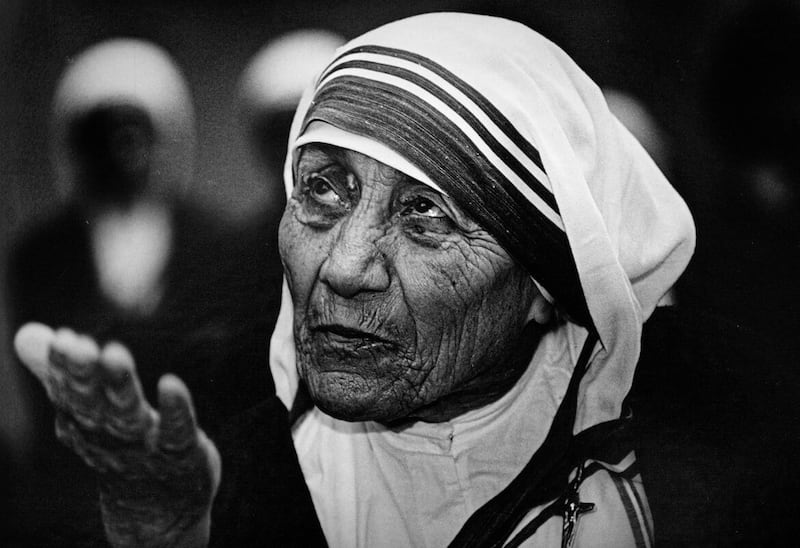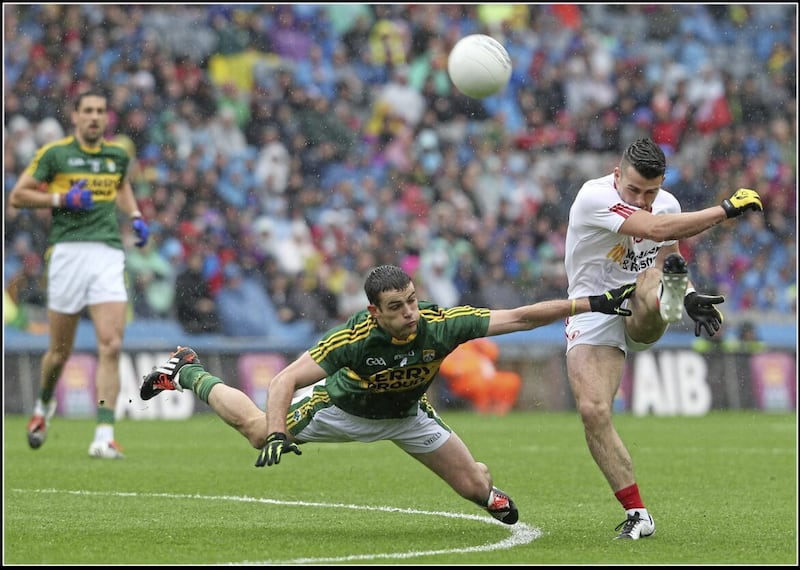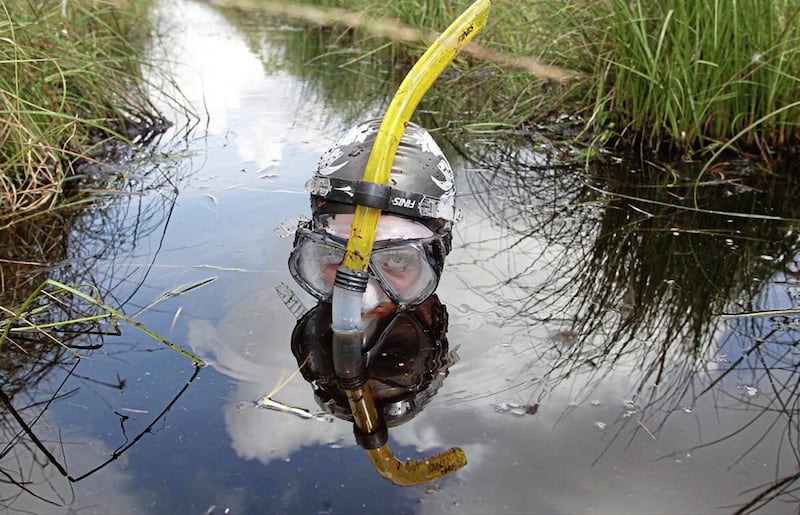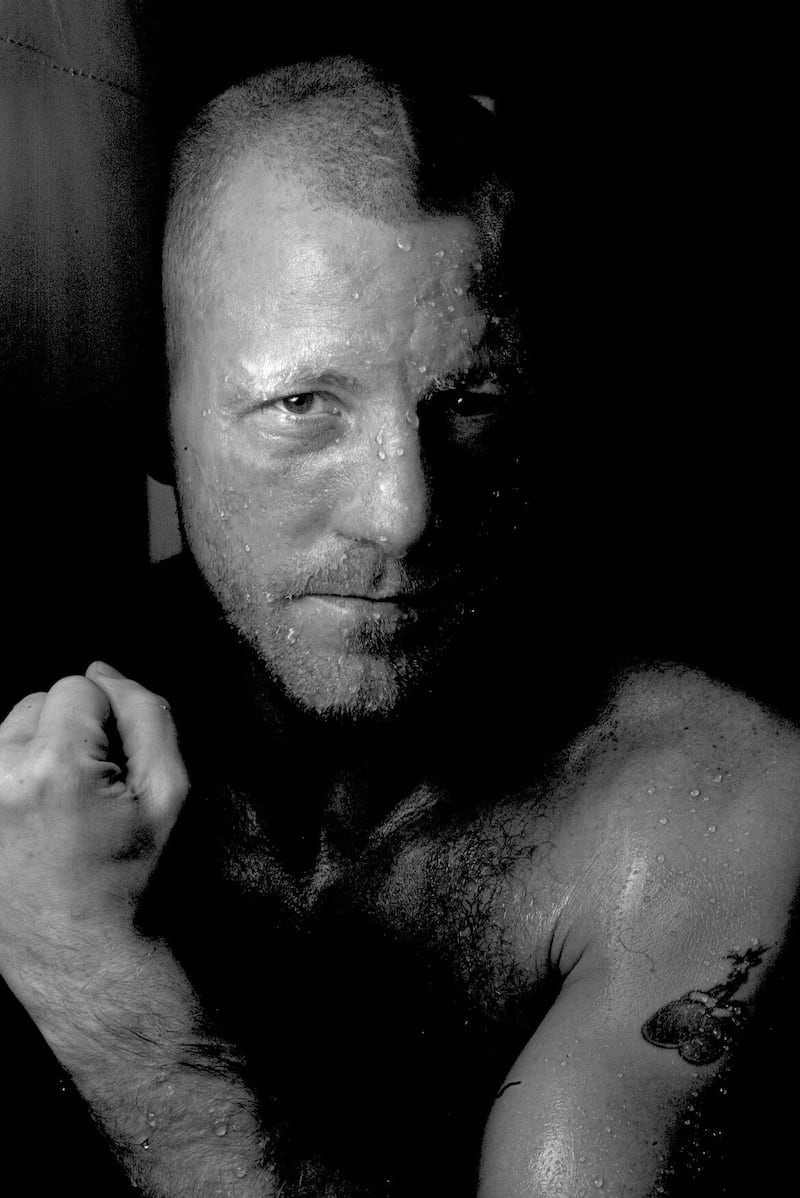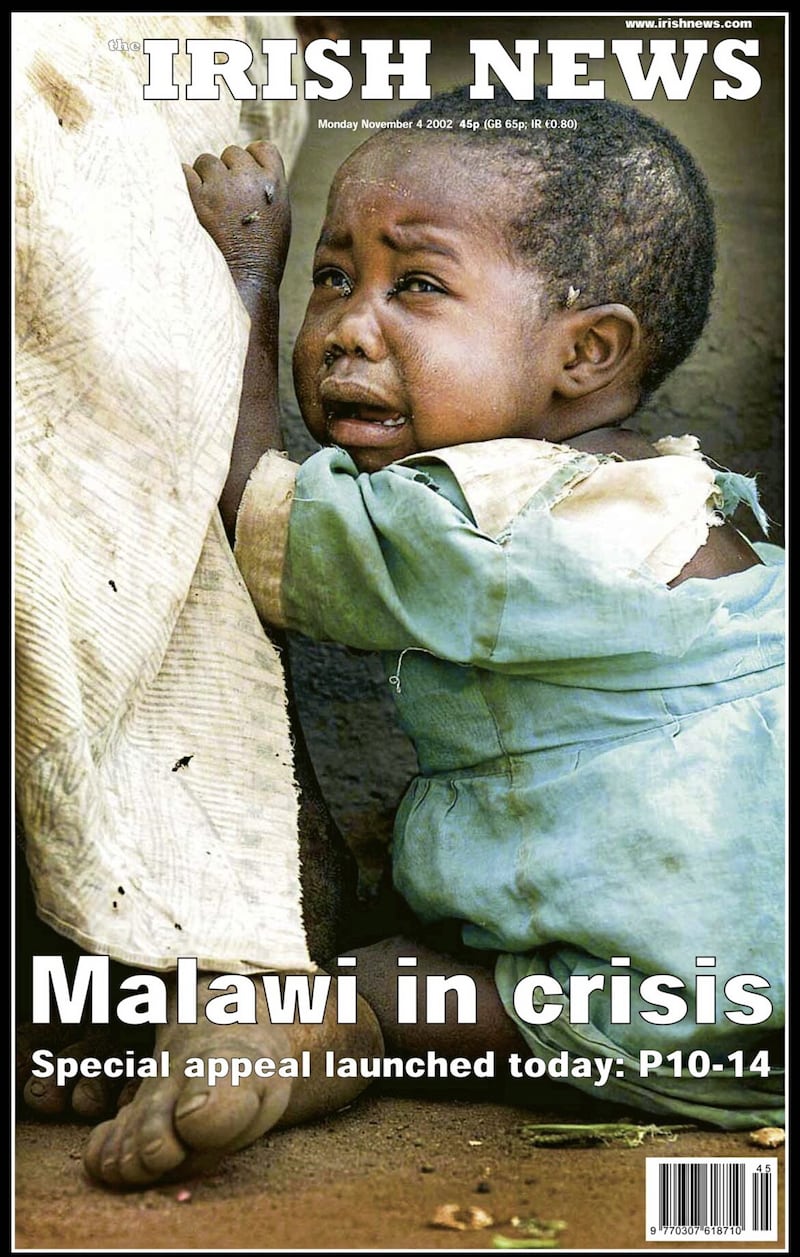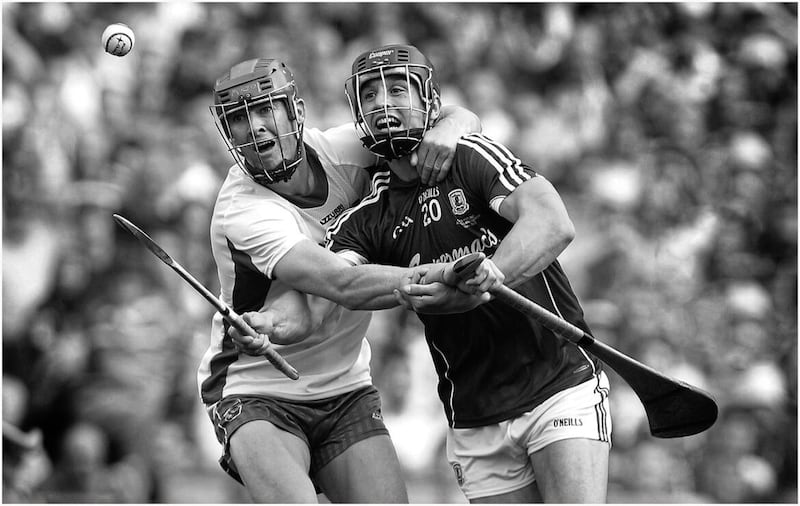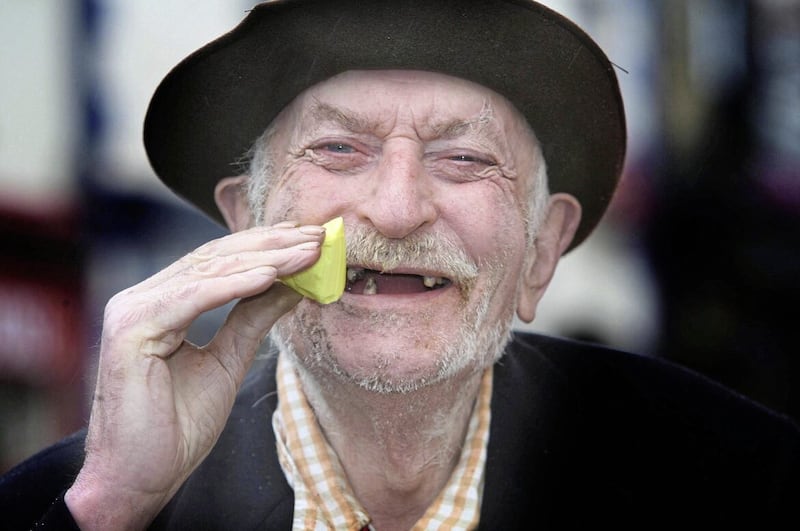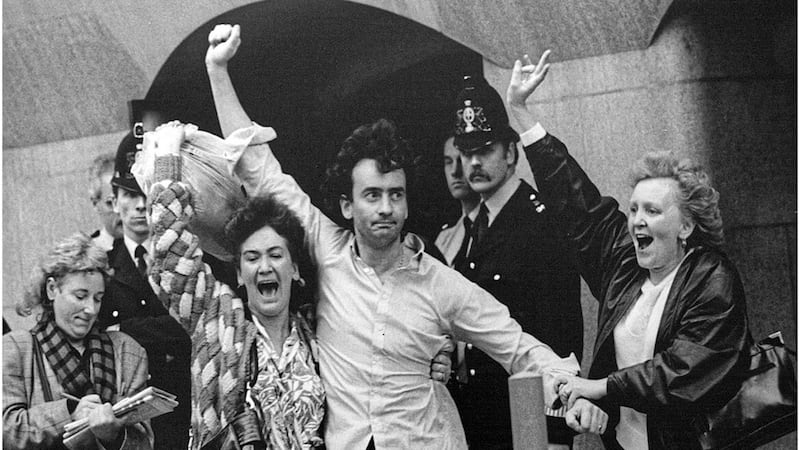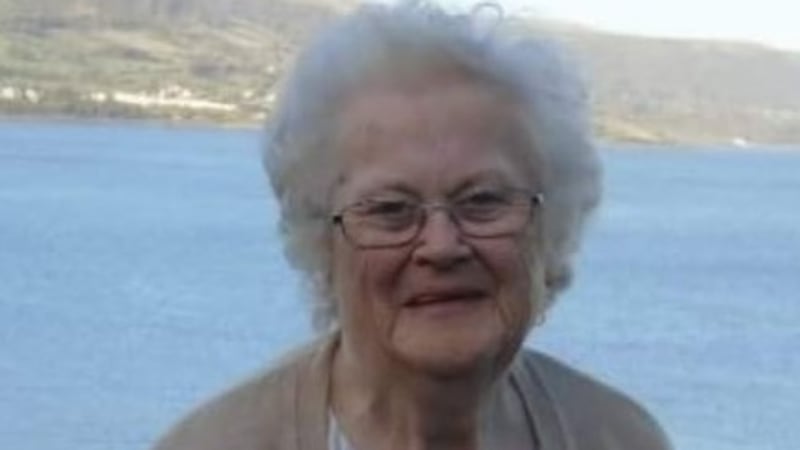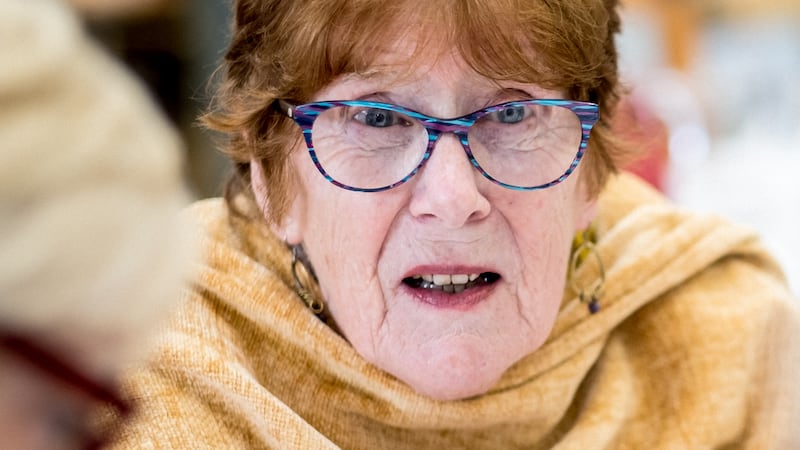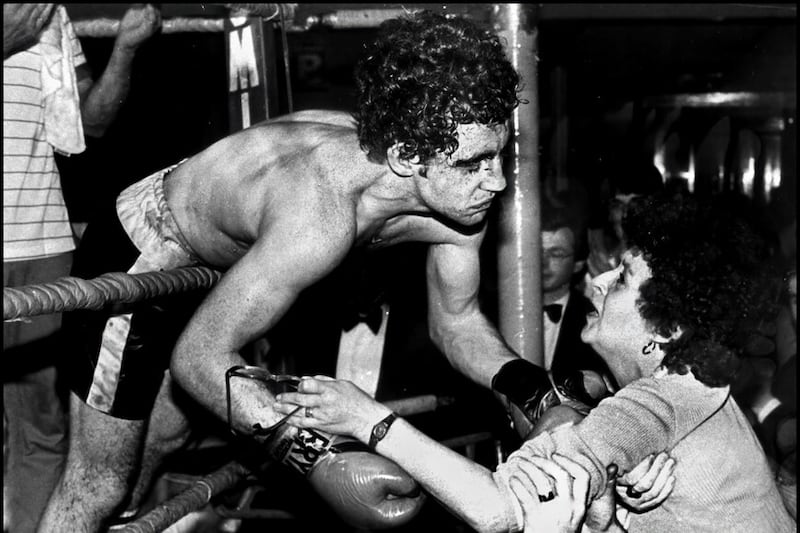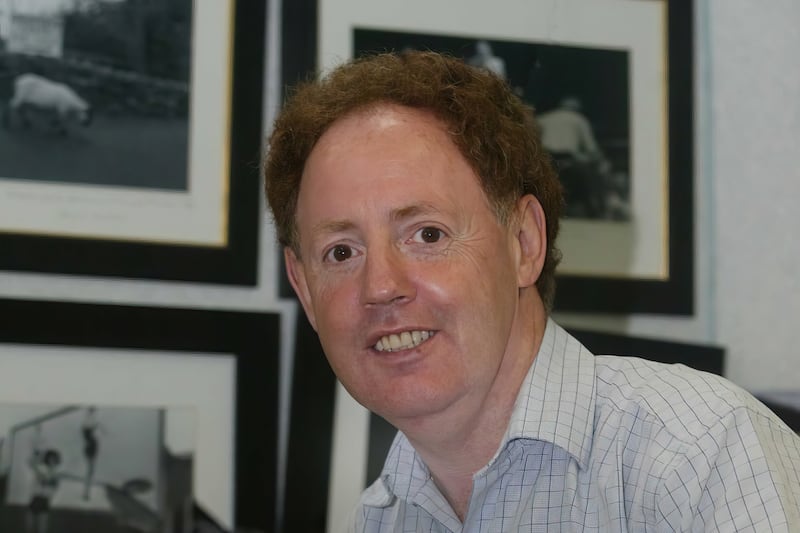Writers have a grudging respect for news photographers. Respect because they recognise that, at its best, the news photographer’s art – and it is art – has a visceral quality.
Grudging because the writer knows that the impact of an image is more immediate, and often immeasurably greater, than all the words that accompany it.
The privilege of being a writer on The Irish News was always tempered by the realisation that your hard work would inevitably be overshadowed by the inhabitants of a black hole halfway down the newsroom.
In those pre-digital days, the dark room oozed the smell of chemicals; and from baths of developer and fixer came sheets of tiny images, each craving for attention.
During my time as editor, in the nineties, it was presided over by the formidable picture editor Brendan Murphy. Working alongside him were the quietly-effective Ann McManus and Hugh Russell, a man with enough charisma to light up the darkest of days – and there were many dark days back then.
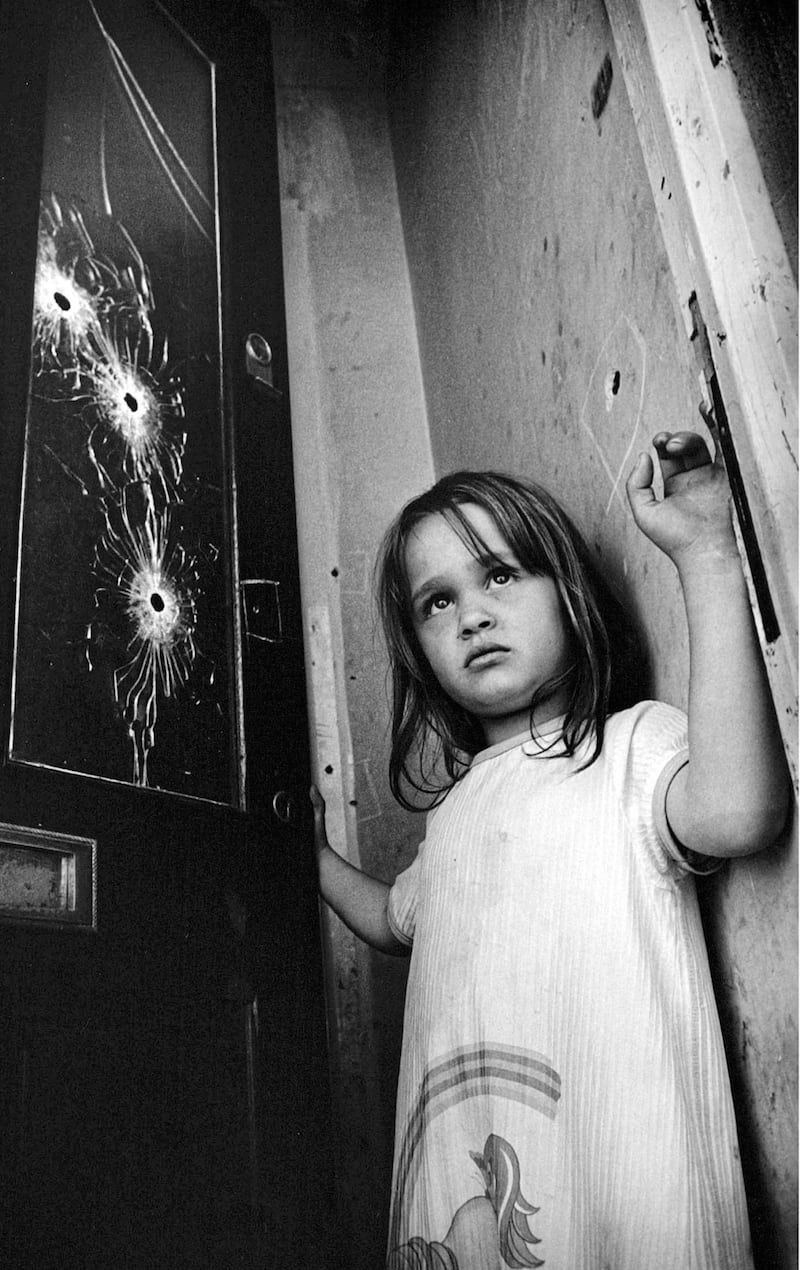
They had a work ethic which was superhuman, and together they were a force to be reckoned with. Brendan didn’t suffer fools gladly, and his editors could expect a free and frank exchange of views. He had an instinctive feel for the paper and its readers, and that insight was valuable when discussing the shape of the next day’s paper.
Day after grim day the photographers produced images that defined the news, and which earned for The Irish News a reputation as a newspaper which prized photojournalism, and excelled at it.
It is no exaggeration to say that the paper’s photojournalism was the cutting edge of its success under the custodianship of the late Jim Fitzpatrick. Invariably the editions which secured a succession of Newspaper of the Year titles were picture-led.
Read more:
- Boxer turned news photographer ‘captured window' of Northern Ireland's history, funeral hears
- Troubles photographers on how they shed light on the darkness
- 'He couldn't tell me that he wasn't well,' Gerry Storey tribute to Holy Family star Hugh Russell
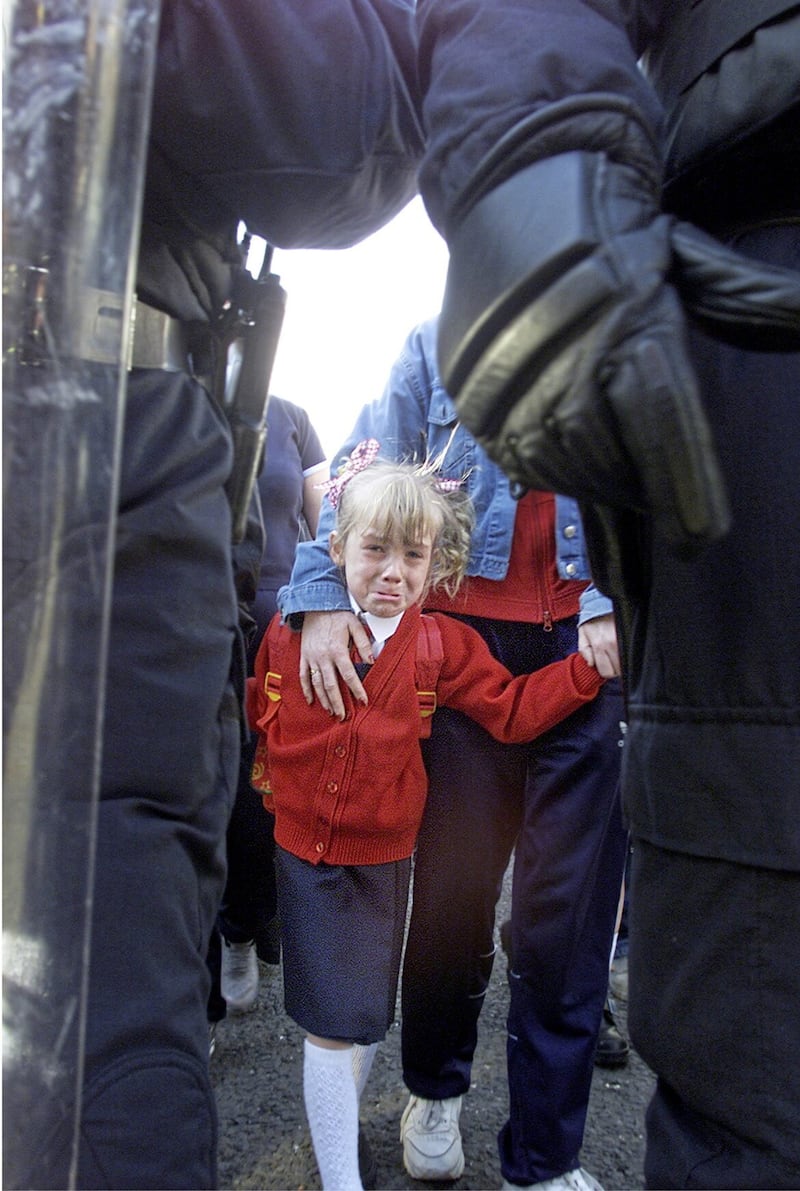
The broadsheet format helped – it provided a canvas that showed images at their best. The paper’s willingness too to put commercial interests to one side, often clearing the adverts off the front to allow pictures to breathe, was almost unheard of.
That determination to let news images speak persisted in the Berliner format and in the new compact paper which, rightly, cleared the front page on Saturday to record Hugh Russell’s untimely death.
The death of the still image as a force for power in news reporting was widely predicted with the arrival of television, and more recently social media platforms such as YouTube, Instagram and TikTok.
Yet there is something about the news photograph that trumps any moving image. Moving images are transient, no matter how big the story. The best news photographs imprint themselves on our consciousness, often permanently.
They stop time, and allow us to focus all our attention on the story being told in shades of grey before us – why is it that in this age of colour, the black and white image remains so striking?
The news photograph is part of an unbroken tradition of reportage which goes back beyond the invention of photography; and the elements of composition in the best images can be seen too in the construction of paintings by the old masters.
A case in point is Hugh Russell’s image of Gerry Conlon leaving the Old Bailey in 1989. When he took the shot, Hugh will not have been thinking of Raphael, Rubens or Caravaggio, but the use of triangles which distinguished many of their compositions is there.
Hugh Russell explains how he captured the image of Gerard Conlon leaving the Old Bailey a free man:
Read more:
- Hugh Russell - Small in stature but the heart of a lion
- Hugh Russell - His loss leaves Irish boxing on the floor
There is a renaissance quality too to the composition of the image in Saturday’s Irish News of a child in a doorway which has been riddled with bullets, and in the shot of Liam Neeson in Ballymena to receive freedom of the borough.
Today each of us is an image-maker, merrily snapping away on our mobile phones. Sometimes we will accidentally get ‘the perfect shot’. But what we do is far removed from what news photographers do.
Yes, there was a degree of luck, as Hugh admitted, in being in the right place at the right time for the Conlon image. But you make your own luck. The art is in knowing when to push the shutter button.
Then, and so many times before and since, Hugh used his skill and his artistry to decide when to take the shot – often anticipating the right moment in exactly the same way he anticipated a blow in the boxing ring.
If he had caught me describing his work in this way, Hugh would have told me to wise up. He was a modest man with nothing to be modest about. He was a visual artist of the highest calibre, a storyteller of rare power, and a journalist of the first rank.
Few of us reach the top in one career, to do so in two is some achievement. This writer for one, and I know I am not alone, is in awe of what Hugh and his fellow photojournalists achieved.
In a world where the dispossessed still need their stories told, his example will be an inspiration to the next generation of photojournalists.
Hugh Russell appeared in a 1983 RTÉ video:
